
Texidor’s Twinge
Texidor’s Twinge (Precordial Catch Syndrome): benign, sharp chest pain in youth, first described in 1892, clarified by Miller, Texidor, and Asher in the 1950s.

Texidor’s Twinge (Precordial Catch Syndrome): benign, sharp chest pain in youth, first described in 1892, clarified by Miller, Texidor, and Asher in the 1950s.
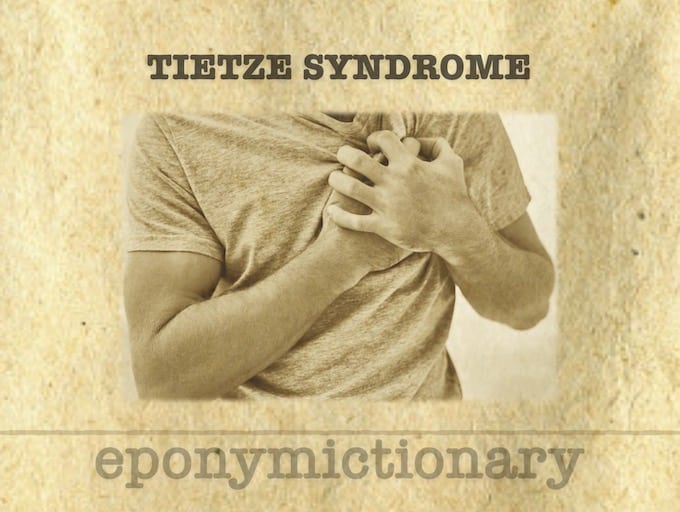
Tietze syndrome: benign swelling of upper costochondral cartilage, causing localized chest pain. Often confused with costochondritis; self-limiting.
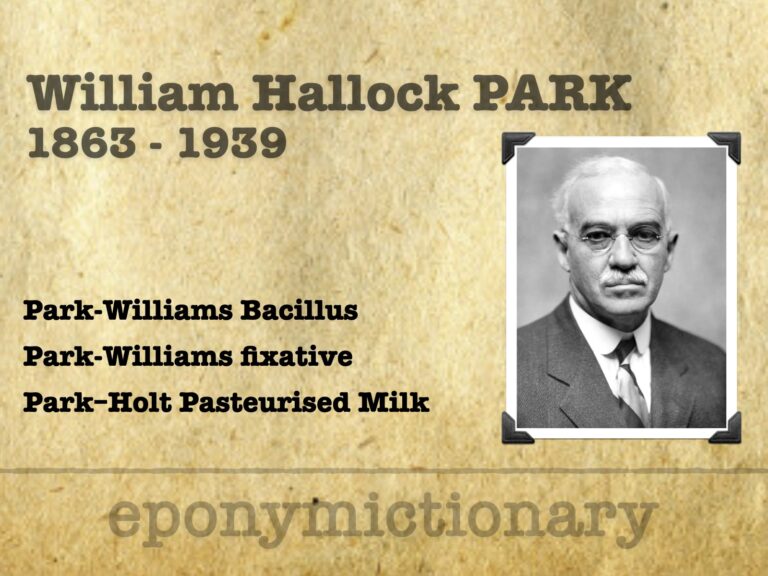
William H. Park (1863–1939), NYC bacteriologist who advanced diphtheria antitoxin, milk safety, and defined ethical dilemmas in the case of Typhoid Mary.
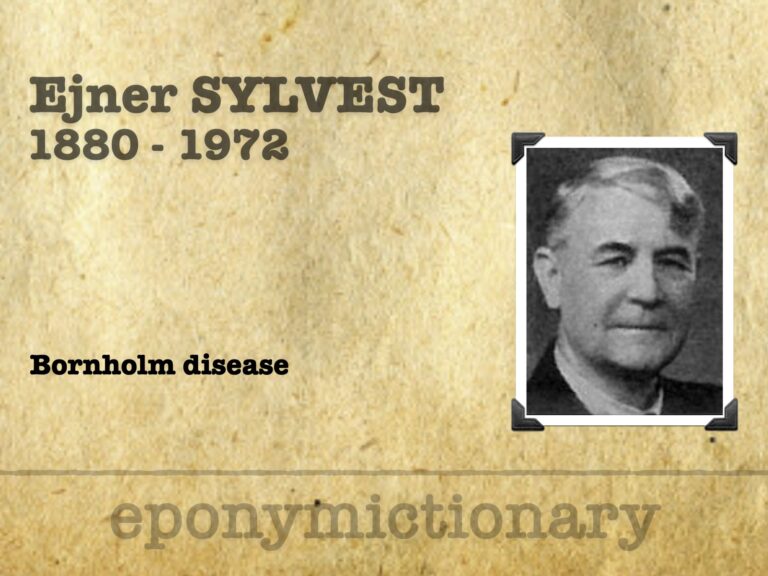
Ejner Oluf Sørensen Sylvest (1880-1972) Danish physician named and defined Bornholm disease, framing epidemic pleurodynia decades before its viral cause was confirmed.
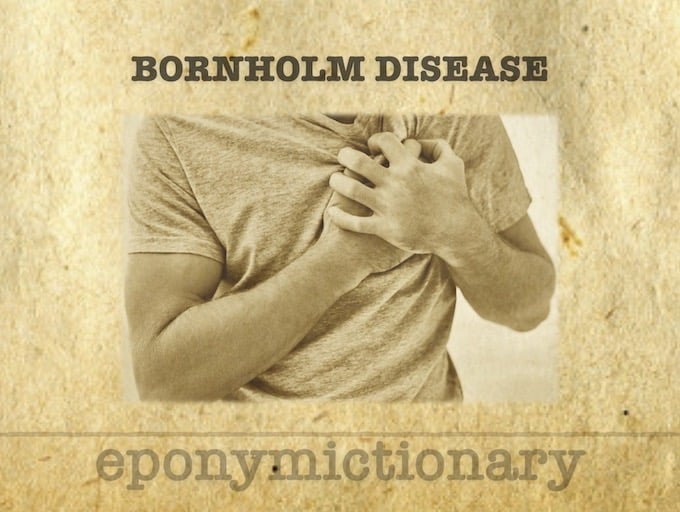
Acute, transient viral myositis involving intercostal and abdominal muscles associated with Coxsackievirus B. Eponym: Ejner Sylvest (1930)
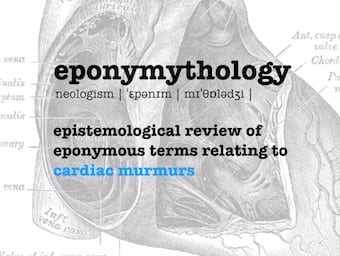
Eponymythology: heart murmur eponyms and named cardiac murmurs. Related eponyms, the person behind their origin, their relevance today, and modern terminology.

Defining Flow: A Journey Through History and Science. The idea has been simmering for centuries, crossing disciplines, philosophies, and eras.
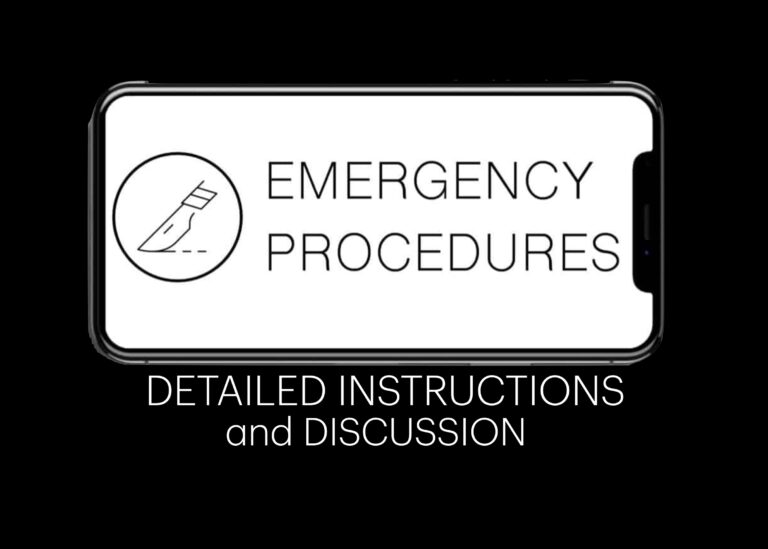
Emergency procedure, instructions and discussion: Surgical Cricothyroidotomy - inability to oxygenate and ventilate with (BVM, LMA, ETT) and age >10years
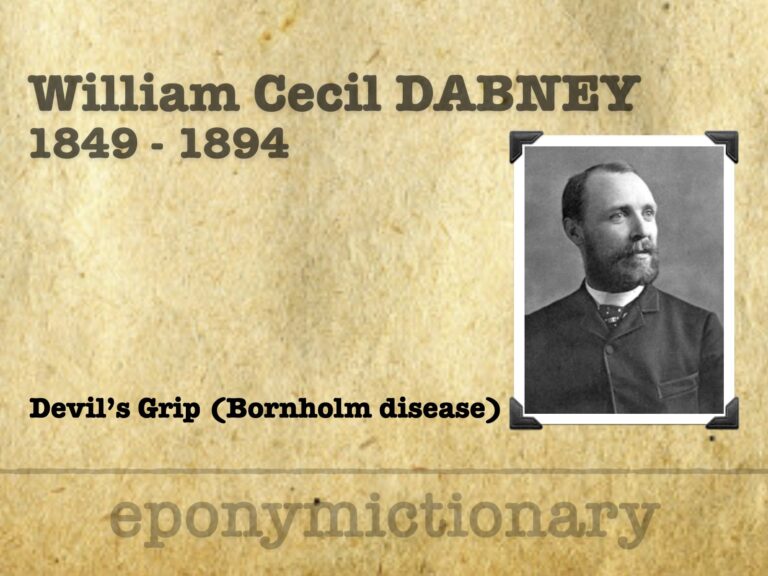
William Cec. Dabney (1849–1894) described epidemic chest pain (“Devil’s Grip”) and championed medical education, licensure, and public health in Virginia

Peak Performance and how to be your best when it matters most. How to be your ultimate self and healthcare professional without burning out and sacrificing what you enjoy.

Searchable database for medical journal abbreviations, both modern and historical, aiding researchers in accessing articles to facilitate easier navigation of medical literature through improved referencing.
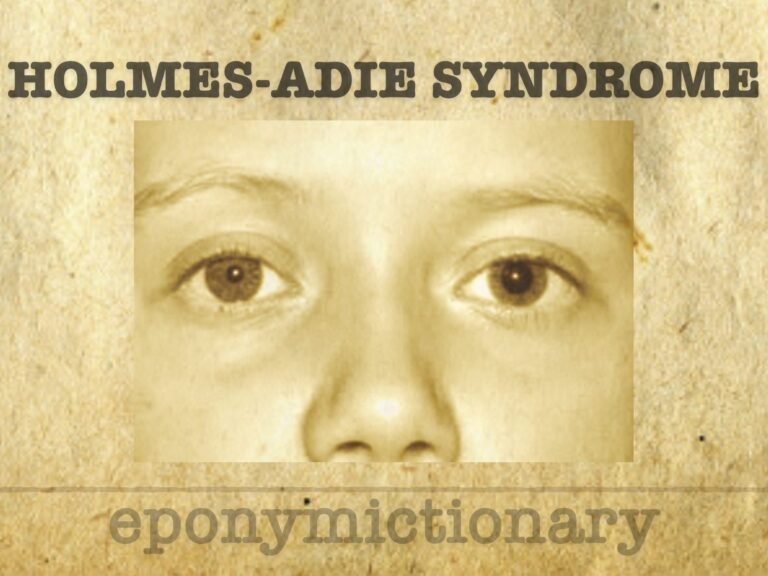
Holmes–Adie syndrome: a benign neurological condition marked by tonic pupils and areflexia, historically mistaken for neurosyphilis.